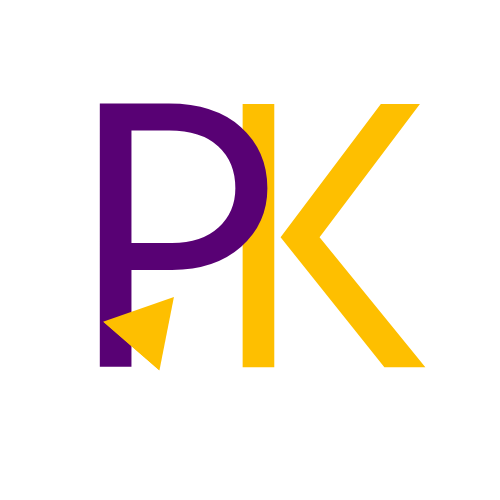Let's get straight to the tips:
1. Create a comprehensive list of keywords:
4 Sources to collect Keywords from:
The keyword list we get has monthly search volumes, bid competition for the keyword (high low, etc.), and the highest and lowest Cost per Click.
We can use this data to segregate keywords in different lists and target the high-competition keywords with a different campaign objective and low competition with a different objective. Which ultimately helps us in controlling the cost and optimizing the results.
2. Structure the campaigns:
We discussed this in detail in one of the earlier articles – How to approach Google Search Ads?
Attaching the table which summarizes the article.

Along with this just remember - for every bucket we will create two ad groups. One for exact match and the other for phrase match.
I would recommend not using broad match unless we have exhausted exact and phrase match types.
Here is a free tool that can help you convert keyword lists to any match type format automatically.
3. Sculpt your traffic with Negative Keyword Lists:
Negative keyword lists are one of the most important things in Google Ads. They help us in sculpting the traffic.
Let us take an example to understand this better. Let us say we have two ad groups:
Ad Group 1 has all the brand (Brand Name – XYZ) keywords – “XYZ shampoos”; “XYZ hair conditioner for dry hair”; etc.
Ad Group 2 has all the price-related keywords – “Shampoo below 100”; “Shampoo at 50% off”; “Shampoo offer; etc.
Now if someone is searching – “XYZ Shampoo 50% off”, then which ad group will show the ad?
In this case, our campaigns/ ad groups are competing with each other.
Now, we know that since this person is looking for our brand, they should be directed to Ad Group 1 which caters to all brand keywords, and not Ad Group 2.
To achieve this if we have negated the brand name keyword from Ad Group 2, we will be able to ensure that Ad Group 1 caters to this search.
This is a very simple example when we are optimizing the campaigns regularly, we can save a lot of costs, improve CTR and also ensure a better experience for the customers.
You might ask me – “Why would I want to ensure that Ad Group 1 must cater to this search?” as long as I am getting sales.
The ads we write for each set of keywords (Ad Groups) are different and are written keeping in mind the search terms and the customer. Even the Landing page link that we give are different for different keyword searches.
Hence this ensures better Ad relevance, hence the chances of winning the bid at a lower cost and as I mentioned above, this also improves CTR and the customer experience.
A few best practices for Negative Keywords:
We can also exclude the brand name (in the broad match) from every ad group. This way we can ensure that only one ad group bids for our brand keywords.
We need to make sure that the keywords are added to the correct Negative Keyword list.
If you create lists, then you get a whole lot of flexibility to negate the same set of keywords from different ad groups. And it avoids the rework of adding each negative keyword manually to different ad groups.
Plus, the lists also make the account clean and manageable.
4. Write specific ads for each ad group (set of keywords):
The search ads on Google have 3 important parts:
- Link to the website or landing page.
- Headlines
- Description
If we are targeting brand keywords related to price or discount in an ad group, then ensure that the ads have a heading that contains price, offer, and other information like “free shipping”, etc.
Along with that, we must ensure that the landing page is also relevant to offers.
The chances of increasing clicks and conversion are better with specific ads.
5. Use Extensions wisely:
Extensions in the ads are used to highlight various things like – a call to action, offers, product USPs, Contact information, etc.
We can have call extensions, price extensions, review extensions, etc.
Extensions also increase the real estate of our ads. They give more information & highlight important things for the user.
We should also have extensions defined at both the account level & campaign level.
Google has also introduced Image extensions now and we should definitely use them as they add to the aesthetics, and communication and even gets more attention.
Here are a few examples of Ads to understand Extensions better:
This Neeman’s ad is without any extensions.

This Vahdam Tea ad has a Site link extension. Just see the amount of real estate this ad captures versus the Neeman’s ad. More real estate ensures better visibility. Along with that the amount of information & options of landing pages the customer gets is also good in this ad.

This Sleepy Owl Coffee Ad has a few extensions at the bottom. Although they don’t capture enough real estate, but definitely give options to the customers.

Ad with Image and Review Extension will look somewhat like this.


